Authors: Thiago Roberto Gemeli, Bárbara Robaskievicz and Rafael Cury Cecato
The correct installation of orthodontic brackets is an important foundation when the purpose is to perform a more accurate treatment in less time. The correct positioning of the parts will allow the orthodontist to obtain dental movements with greater three-dimensional control, favoring the steps of alignment, leveling, and torque.
In addition to the care associated with the positioning itself, it is worth highlighting the importance of other associated procedures that precede gluing, like prophylaxis. Cementing brackets on a contamination-free surface contributes to this purpose and should always be recommended (Fig. 2).
Compliance with the technique required by the adhesive system used makes it possible to achieve better clinical results. Prioritizing the same trademark between bonding agents and resins becomes essential for the orthodontist’s surgical success, especially with regard to increasing the resistance of the tooth/bracket interface.
Another condition to be observed by the orthodontist relates to the use of complementary devices, which are responsible for providing greater comfort and brevity to the orthodontic intervention. For example, composites developed to inhibit the piercing-cutting action of tie wires, stops for disocclusion or occlusion of dental elements, among others.
CASE REPORT
A female patient, 14 years old, attended a private clinic reporting dissatisfaction with oral aesthetics. The clinical evaluation showed slight disharmony between the facial sections (brachycephalic pattern). Therefore, the intermaxillary angle was reduced, suggesting a later approach to increase the vertical dimension through the extrusion of dental elements from both arches intraorally. Slight discrepancy promoted by the presence of diastemas and gyroversion in the upper arch, as well as subtle crowding in the lower arch.







































